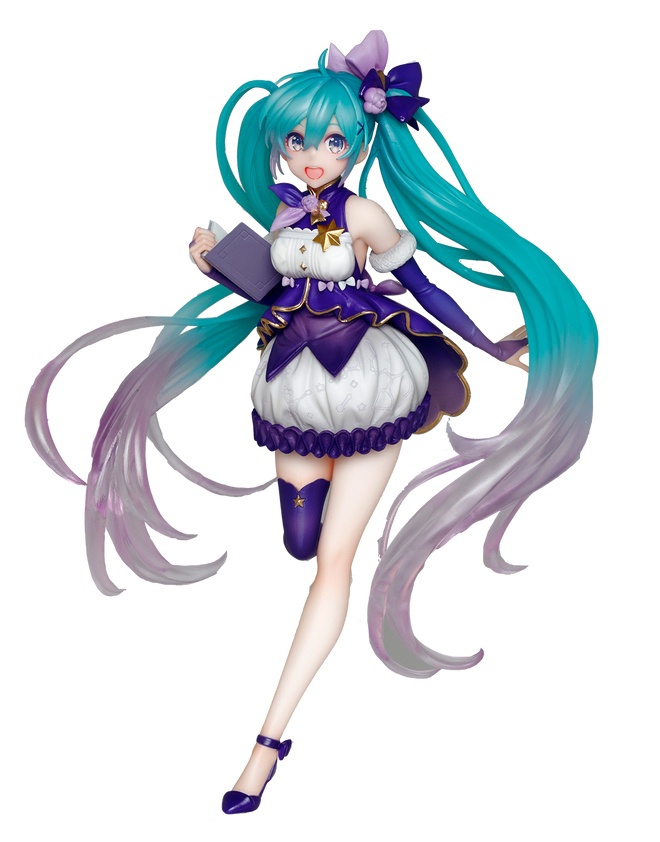

Indeed, last month, shortly after she made her much-discussed American-network debut on The Late Show With David Letterman and shortly before her two headlining shows at the Hammerstein Ballroom, a New York Times headline wondered, “Does Hatsune Miku’s Ascent Mean the End of Music As We Know It?” (Don’t even think about calling her a cartoon.) She is, depending on whom you ask, a harbinger of a radically collaborative future in pop music or a holographic horsewoman of the apocalypse. But both of these are the kind of misnomers that are liable to send her legions of die-hard fans - and there are 2.5 million of them on Facebook - into cardiac arrest. If you’ve heard of her, you’ve probably heard her described as a “hologram” maybe you’ve also heard people say she doesn’t exist. She has opened for Lady Gaga, collaborated with Pharrell, and sung more than 100,000 songs, dabbling quite literally in every genre imaginable. She wears her cascading aquamarine hair in pigtails that skim the ground when she dances, and according to stats offered up on her record company’s website, she stands five-two and weighs about 93 pounds.

Hatsune Miku, one of Japan’s most famous pop stars, has been 16 for the past seven years.


 0 kommentar(er)
0 kommentar(er)
